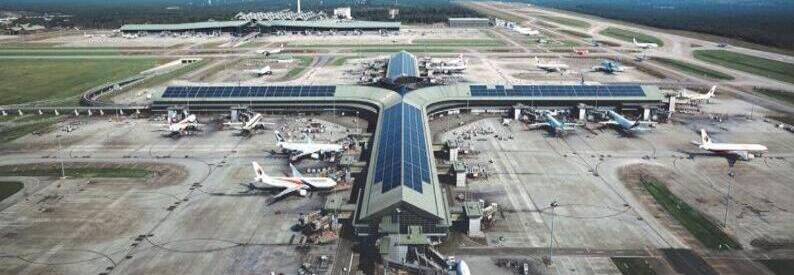Future Plans for Malaysia Airports Unveiled

Malaysia Airports, one of the largest global airport operators, oversees 39 airports across Malaysia and an international hub in Turkey. Focused on enhancing connectivity, sustainability, and passenger experience, Malaysia Airports is rolling out an ambitious growth strategy aligned with the region’s rising demand for travel and tourism.
Growth and Passenger Milestones
In 2023, Malaysia Airports achieved a significant recovery, with passenger traffic reaching 84.6% of 2019 levels, totaling over 120 million passengers. A key highlight was May 2023, when the airport operator recorded more than 11.2 million passengers, marking a 5.1% increase over May 2019. This upward trend reflects Malaysia Airports’ success in attracting new airlines and expanding routes, bolstering its status as a regional aviation leader.
Kuala Lumpur International Airport (KUL), the country’s primary international gateway, serves over 70 airlines, including major carriers like British Airways, 9 Air, and VietJet Air. In April 2025, British Airways will resume its Kuala Lumpur-Singapore-London route, offering daily flights and enhancing connectivity for travelers between Southeast Asia and Europe.
Routes and Partnerships Fueling Expansion
Malaysia Airports recently co-hosted Routes Asia 2024 in Langkawi, showcasing Malaysia’s cultural diversity and natural attractions. According to Senior General Manager Megat Ardian Wira Mohd Aminuddin, the event helped highlight Malaysia’s potential for route development and network expansion, especially as international travel demand grows. During Routes World 2024, he confirmed Air India’s return to the New Delhi-Kuala Lumpur route, enhancing Malaysia’s connection with India, a key growth market for tourism and business.
Malaysia Airports is also setting its sights on expanding routes within the Asia-Pacific and European markets. By strengthening connections with major markets in China, Southeast Asia, India, and Europe, the group aims to increase its reach and attract new passengers. A primary goal is to secure partnerships with flag carriers from Australia and New Zealand, enhancing direct flight options from these regions to Malaysia.
In Europe, Malaysia Airports plans to bridge connectivity gaps, particularly to Kuala Lumpur, which currently lacks ample direct flights from the region. By focusing on underserved European routes, the operator intends to drive growth and position Kuala Lumpur as a top choice for direct travel from Europe.
Passenger Experience and Airline Incentives
To support its airline partners and improve the passenger experience, Malaysia Airports is investing in digitalization and operational efficiency. The group’s Airline X-celeration Program offers attractive incentives to airlines, including landing fee waivers, marketing support, and office rental rebates. This initiative aims to attract 15 additional foreign carriers to Malaysian airports within the next two years, increasing route diversity and options for travelers.
The expansion of Malaysia’s air network not only boosts tourism but also contributes to the country’s economic growth. With its commitment to both environmental sustainability and service excellence, Malaysia Airports is well-positioned to meet the demands of a rapidly evolving aviation market.
Looking Ahead
With its robust expansion strategy, commitment to passenger satisfaction, and competitive airline incentives, Malaysia Airports is paving the way for a new era of growth in Malaysian aviation. As demand continues to climb, the airport operator’s focus on key markets and passenger needs will drive connectivity, making Malaysia an attractive hub for global travelers and airlines alike.
Related news : https://suspicious-zhukovsky.67-21-117-18.plesk.page/?s=Malaysia+Airports
